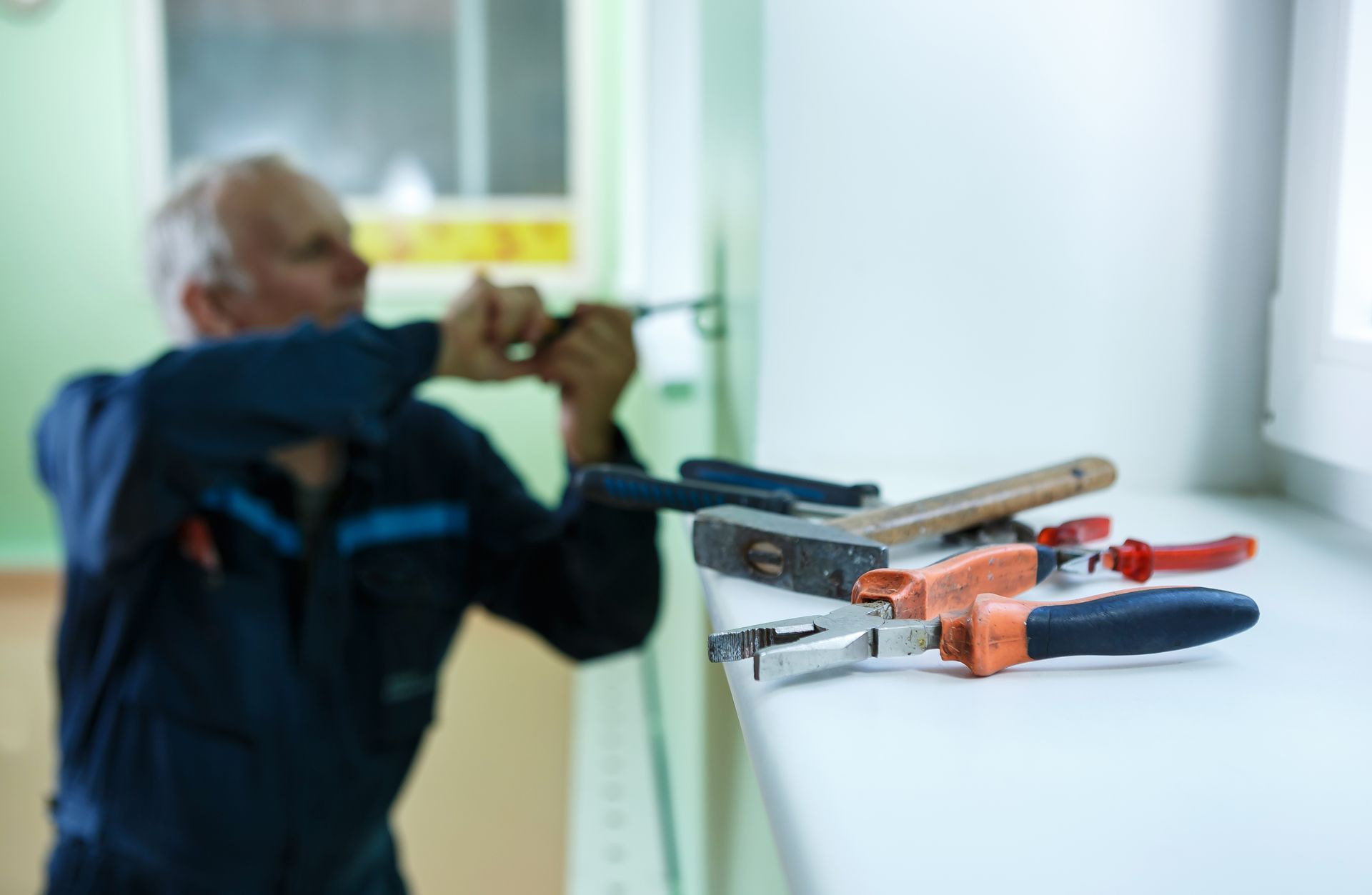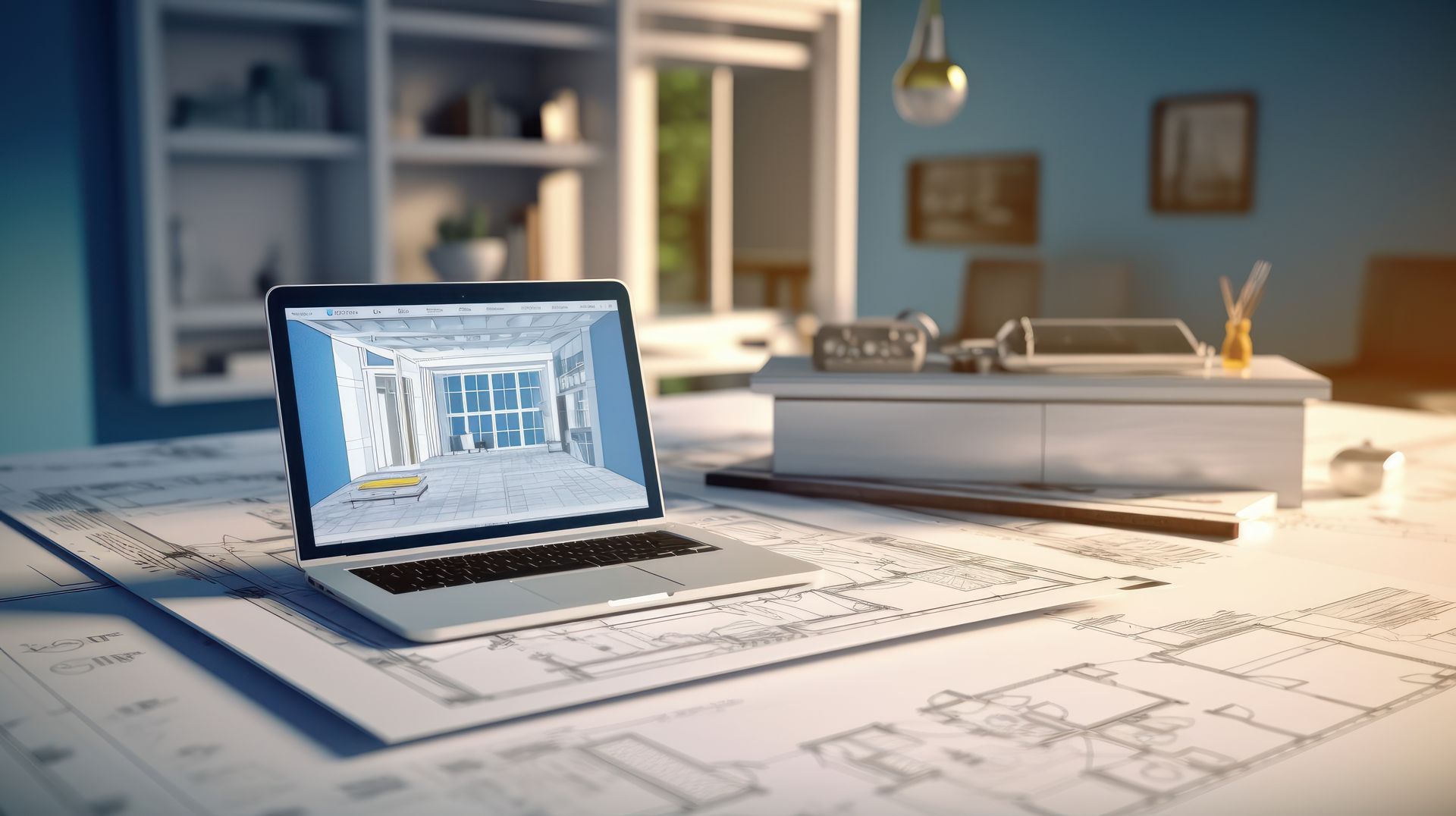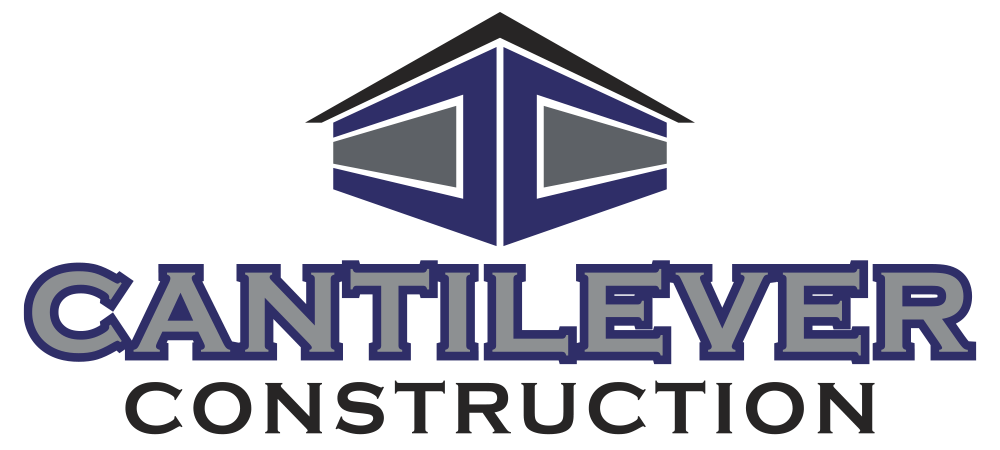"Building Confidence: The Role of Cantilever Construction in Home and Commercial Inspections"
In the realm of construction, cantilever structures stand out for their ingenuity and aesthetic appeal. Whether employed in residential or commercial settings, these architectural marvels often capture the attention of inspectors seeking to ensure safety, structural integrity, and compliance with industry standards. This blog post delves into the key considerations for home and commercial inspections within the context of cantilever construction, highlighting the unique challenges and strategies for thorough assessments.
Understanding Cantilever Construction in Inspection:
Cantilever construction, characterized by horizontal projections anchored at one end, introduces a set of considerations that inspectors must carefully evaluate. From residential balconies to commercial building overhangs, the principles of inspection remain consistent, emphasizing safety, stability, and adherence to local building codes.
Home Inspections:
Structural Integrity:
Cantilevered elements in residential settings, such as balconies and decks, require a close examination of their structural integrity. Inspectors should assess materials, load-bearing capacities, and connections to ensure that these features are both safe and compliant with building regulations.
Waterproofing and Weather Resistance:
Cantilevered structures are often exposed to the elements. Inspectors should pay special attention to waterproofing measures, looking for signs of water damage, corrosion, and potential vulnerabilities that could compromise the structure's longevity.
Connection Points:
The connection points between the cantilevered structure and the main building are critical areas for inspection. Ensuring that these points are secure and well-maintained is essential for overall stability and safety.
Commercial Inspections:
Load-Bearing Capacities:
In commercial settings, cantilevered structures may support significant loads, such as building overhangs and protruding architectural features. Inspectors must thoroughly evaluate load-bearing capacities, taking into account factors like building use, occupancy, and intended functionality.
Accessibility Compliance:
Cantilevered structures in commercial buildings need to comply with accessibility standards. Inspectors should assess features such as ramps, walkways, and entranceways to ensure they meet the requirements of applicable accessibility codes and regulations.
Regular Maintenance Protocols:
Commercial structures with cantilevered elements often require routine maintenance to uphold their integrity. Inspectors should inquire about and review maintenance records to gauge the ongoing care and attention given to these critical architectural features.
Conclusion:
Cantilever construction, whether in homes or commercial buildings, adds a distinctive touch to architectural design. As inspectors, it's crucial to approach these structures with a keen eye for detail, considering both the visual appeal and the underlying engineering principles. By focusing on structural integrity, connection points, weather resistance, and compliance with codes, inspectors play a pivotal role in ensuring that cantilevered structures stand strong and safe, contributing to the longevity and functionality of both residential and commercial spaces.




